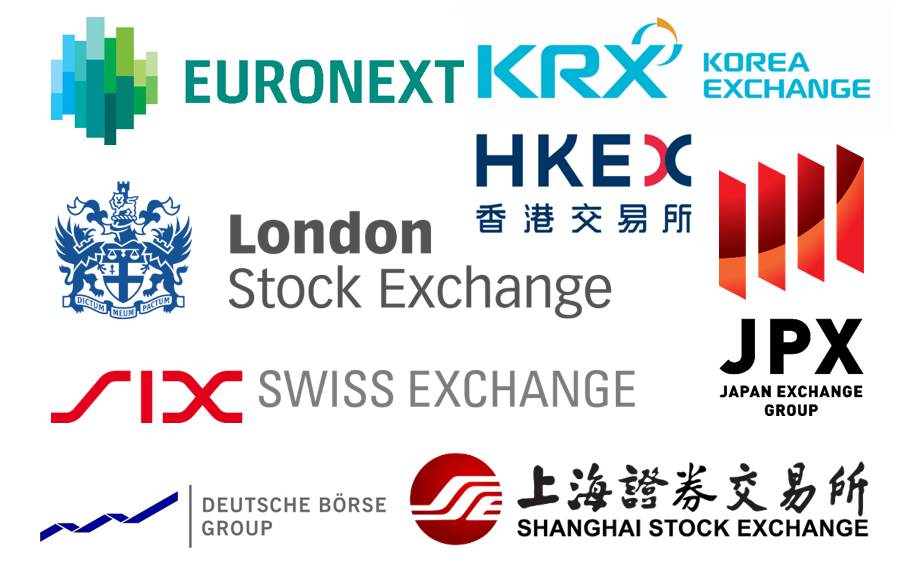World Markets Lower Monday; US Futures Down 1.2%; Oil on Pace for Worst Day Ever

By Elaine Kurtenbach
BANGKOK (AP) — World shares turned lower on Monday as momentum from last week’s rally faded and oil prices retreated, with the U.S. crude contract plummeting to a two-decade low under $12 a barrel.
A fresh crop of grim economic data is also expected this week and is likely to further illustrate the damage done to the world economy as governments look hopefully for a date to end their lockdowns.
The DAX index in Germany, where some business activity was starting to resume, shed 1.2% to 10,500 while Britain’s FTSE 100 fell 1% to 5,728. In France, the CAC 40 declined 1.2% to 4,445.
The futures for the S&P 500 and the Dow industrials both lost 1.2%.
Japan reported Monday that its exports fell nearly 12% in March from a year earlier as the pandemic hammered demand in its two biggest markets, the U.S. and China. Tokyo’s Nikkei 225 index gave up 1.2% to 19,669.12.
The Hang Seng index in Hong Kong lost 0.2% to 24,330.02, while the Shanghai Composite index added 0.5% to 2,852.55. The Sensex, in India, added 0.2% to 31,665.69.
The S&P/ASX 200 declined 2.5% to 5,353.00 as Australian resource companies were pulled lower by the weakness in oil prices.
Benchmark U.S. crude for May delivery lost $6.58 to $11.69 a barrel, its lowest in 21 years. Concerns about storage facilities being near capacity pushed down the price, as did technical factors, with the futures contract due to expire this week. The next contract, the one for June, was trading at $22.23 a barrel.
Brent crude, the international standard for pricing, gave up $1.59 to $26.49 per barrel.
“Basically, bears are out for blood,” analyst Naeem Aslam of Avatrade said in a report. “The steep fall in the price is because of the lack of sufficient demand and lack of storage place given the fact that the production cut has failed to address the supply glut.”
A decline in China’s benchmark lending rate, which mostly affects big, state-owned companies, helped support Shanghai’s Composite index. The People’s Bank of China paved the way for the monetary easing last week by reducing by 0.2% a rate called the medium term lending facility, which forms the basis for the loan prime rate. The cuts reduce short-term borrowing costs for banks.
China’s central bank has used various targeted moves to ease the crunch from the pandemic, which resulted in a 6.8% contraction in the economy in the last quarter. “As employment conditions remain weak and external demand is being held back by lockdowns elsewhere in the world, we think the People’s Bank will take further steps to prop up activity,” economists at Capital Economics said in a commentary.
U.S. Treasury yields remained extremely low. The yield on the 10-year Treasury slipped to 0.63% from 0.64%. It started the year near 1.90%. Bond yields drop when their prices rise, and investors tend to buy Treasurys when they’re worried about the economy.
The most recent gains have been powered by hopes that the pandemic may be leveling off in some of the world’s hardest-hit areas.
But the S&P 500 is still down roughly 16% from its record high in February. Some 22 million U.S. workers have lost their jobs in the last month as businesses shut down. Banks are bracing for consumers and businesses to default on billions of dollars in loans, and no one can say for sure when the economy will get back to anything approximating “normal.”
The dollar fetched 107.79 Japanese yen, up from 107.54 yen on Friday. The euro weakened to $1.0859 from $1.0875.
_____
Source: AP News



